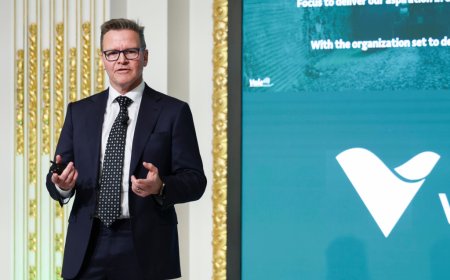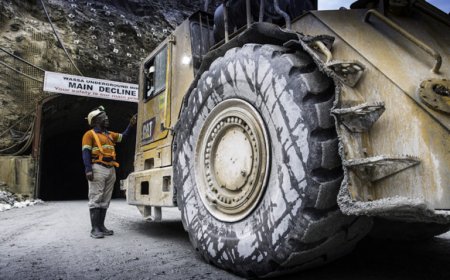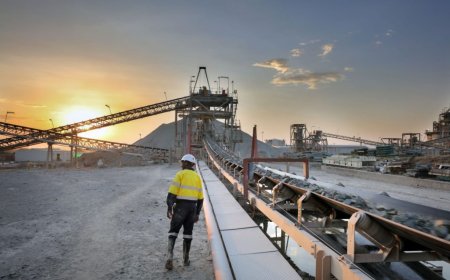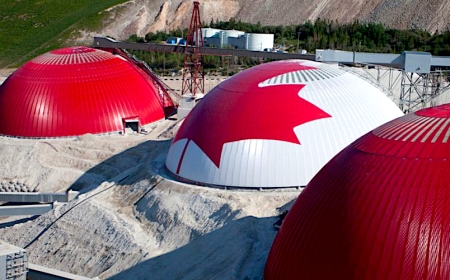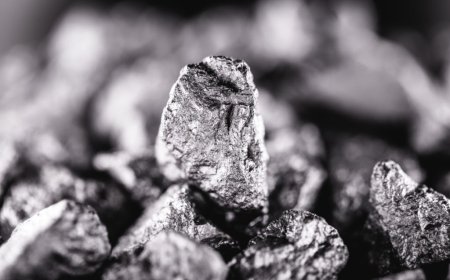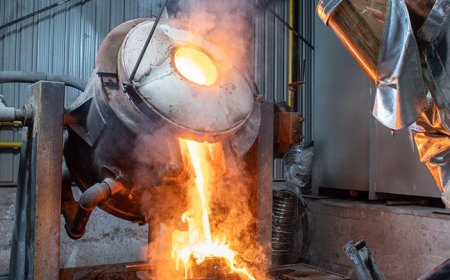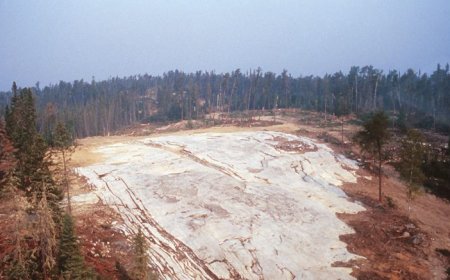Zinc’s decarbonization role gains industry recognition
Zinc, long valued for its ability to prevent corrosion and extend the life of infrastructure, is now being formally recognized as a powerful agent of decarbonization.
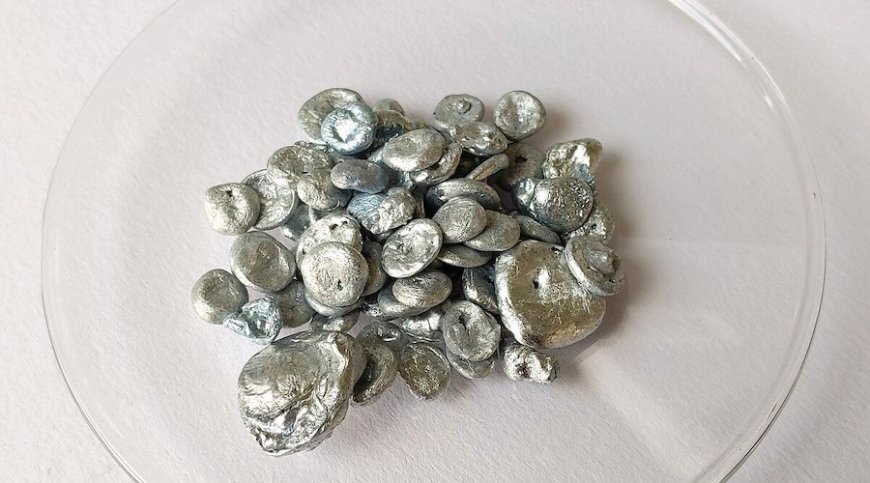

As the fourth most used metal in the world, it plays a critical role across sectors, from construction and transportation to energy and healthcare. But its environmental impact is only now being fully quantified through a new initiative: Zinc Enables Decarbonization.
Zinc is widely used to protect steel through galvanizing, thermal spray and specialized paints, significantly extending the life of carbon-intensive materials. By doubling or even tripling the lifespan of steel products, zinc reduces the need for frequent replacement or maintenance, thereby cutting both costs and carbon emissions. These benefits are now measurable and central to zinc’s emerging reputation as a climate solution.
The Zinc Enables Decarbonization program provides hard data on zinc’s environmental value, starting with residential construction. For instance, galvanized rebar in a home’s foundation can save $9,000 in lifetime repair and replacement costs while avoiding 19 tonnes of carbon emissions. A zinc metal roof can prevent 40 tonnes of emissions and save $38,000. On a larger scale, galvanizing just 1% of global rebar could eliminate 150 million tonnes of CO₂ emissions annually. Applying zinc roofs more widely in the US alone could prevent an additional 500 million tonnes.
Zinc’s advantages go beyond housing. It also protects critical transportation and energy infrastructure—from solar arrays and wind turbines to electric vehicles and utility poles. In each case, zinc extends asset life and prevents corrosion, reducing the environmental and financial cost of upkeep or early replacement.
As demand for sustainable materials rises, zinc’s production and recycling processes are also becoming greener. The zinc industry continues to reduce its carbon footprint year over year, with a growing market for low-carbon zinc and more producers earning the Zinc Mark, a certification for responsible sourcing and environmental standards.
Zinc’s proven performance, combined with its newly quantified environmental impact, makes it a compelling material for the energy transition. The next step is ensuring that policymakers, investors, engineers, builders and consumers recognize zinc as a cost-effective, sustainable and essential material across industries.
By aligning economic and environmental benefits, the zinc industry is positioning itself as a long-term player in building a more resilient, low-carbon future.
